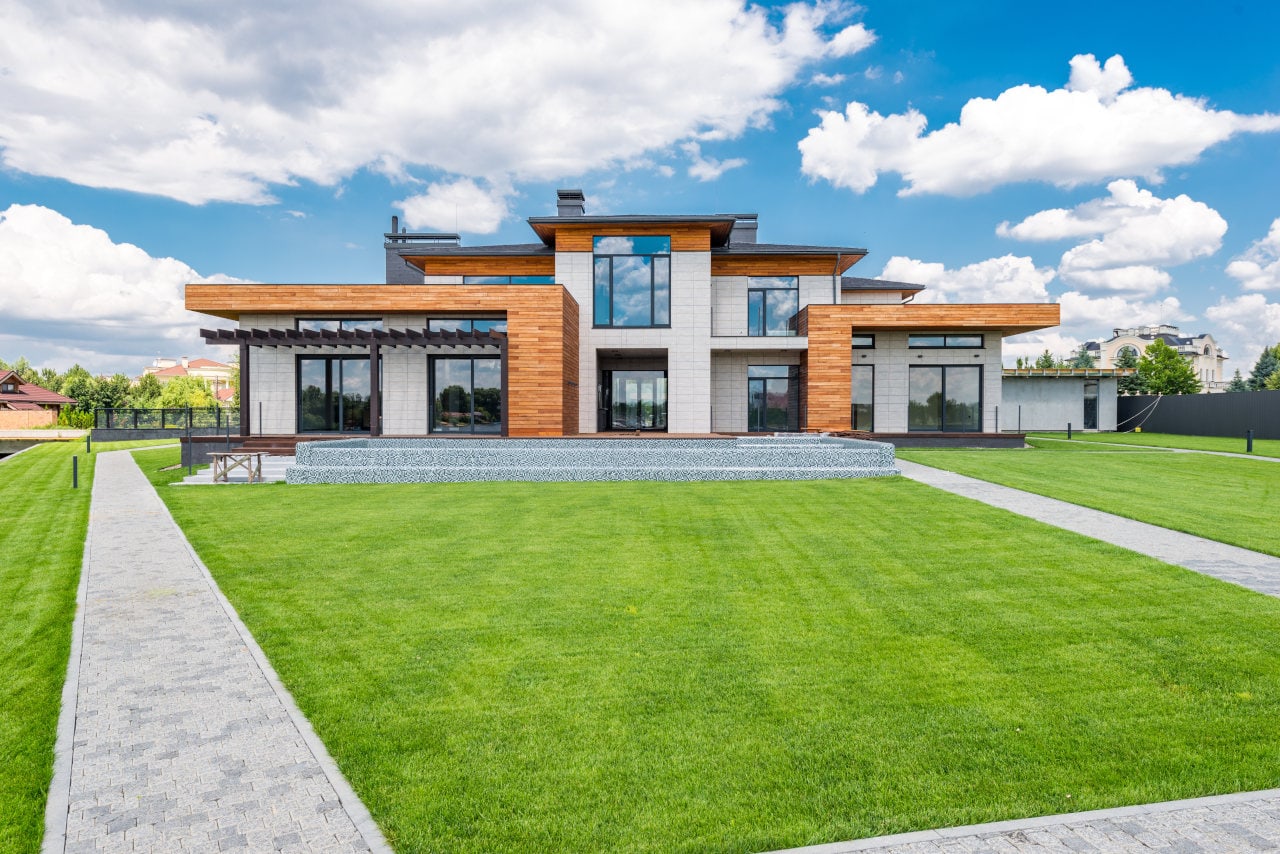From government conferences to the effects of the climate crisis, 2022 was a huge year for sustainability. As with many industries, trends come and go each year – but for real estate, sustainability is only getting started.
Related: The future of kitchen design is all about sustainability
In this article, we’ll explore six sustainability trends influencing real estate in 2023.
Net zero targets
Along with many other nations across the world, the UK government has set ambitious goals to achieve net zero by 2050. Major changes will be needed to achieve this across virtually all industries, including the construction and real estate industries.
According to Ofgem, the average household uses 12,000 kWh of gas and 2,900 kWh of electricity in a year. With more than 28 million households in the UK as of 2021 and ever-increasing demand for more homes across the nation, this represents a huge area in which to lower carbon emissions.

Photo by Max Rahubovskiy/Pexels
Energy efficiency
One of the main factors that contribute to high property energy usage is heat loss. When this is high, energy is continually used to maintain comfortable temperatures, especially during the winter.
Thanks to the combined pressures of Net Zero goals and high energy bills, we’ll likely see a larger emphasis placed on energy efficiency for new buildings and old properties for sale. Current nice=to-have property improvements like window glazing, thorough insulation, and underfloor heating could soon be considered essential

New energy efficient LG Induction Slide-in Range with Air Fry and Air Sous Vide, the latest addition to LG’s kitchen range lineup
EPC ratings
An EPC rating is a standardised measurement of energy efficiency. As of October 2022, houses in England and Wales have an average EPC rating of D, showing that there’s much scope for improvement in this area.
To reach Net Zero targets, it’s possible that there could soon be legal minimum requirements for EPC rating. As an example of this, the government has proposed changes to a minimum EPC rating of C for new rental home tenancies in 2025 and all tenancies in 2028.

Photo by Gustavo Quepón on Unsplash
Sustainable building materials
We can also expect developers to transition away from traditional building materials like concrete, and begin using more sustainable building materials like plywood, bamboo, and plant-based rigid foams instead.
Each material builds up its own carbon footprint before it ever gets to the development site, using energy throughout its lifecycle from manufacturing to installation. Selecting materials with the lowest carbon footprint possible will help developers to make the properties they build more sustainable.
Green buildings
Green buildings are properties that have a lower carbon footprint. They’re designed in such a way as to minimise their impact on the environment, using clever features, infrastructure, and technology to lower emissions – all while providing full amenities to the occupants.
Sustainable buildings use less water and energy compared to their traditional counterparts, reducing waste and conserving finite natural resources. In turn, this allows occupants to spend less on water and energy bills.
Buyers are increasingly seeing the benefits that sustainable homes provide. Because of this, green buildings are highly sought after. In the coming years, we can expect to see more developers building properties of this kind.
What other trends do you see influencing the real estate industry? If you have any other trends in mind feel free to share your predictions with us in the comments section.
Top photo by Pixabay

Mark Keast has been a journalist for three decades, starting out as a sports writer and editor for one of Toronto’s largest daily newspapers. Recently he has moved into writing on luxury cars, travel, and Toronto luxury real estate. He owns real estate in downtown Toronto as well, so there’s a vested interest there. Mark spends a lot of his work time connecting with realtors and developers across Canada, staying on top of industry developments.
Check out his stories, and email him direct at mkeast@regardingluxury.com








